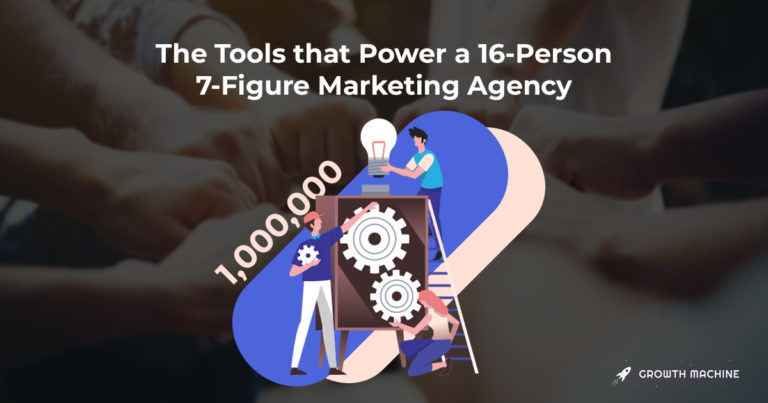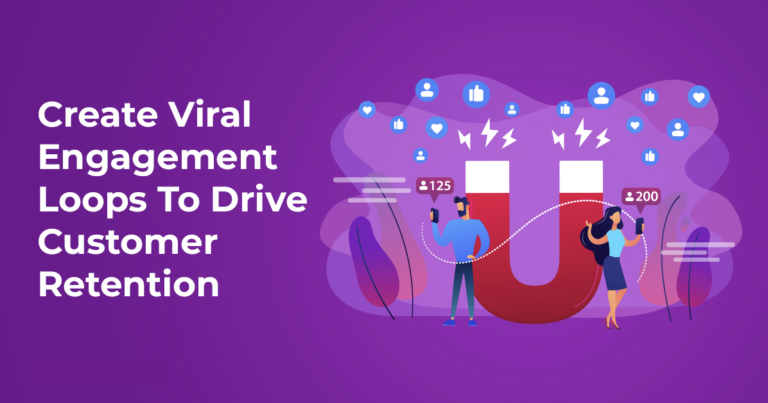Unlocking Great Content: How to Create a Content Marketing Persona
You may already be familiar with the buyer persona: It’s a fictional description of a person who embodies the real characteristics of your ideal customer.
Here’s an example:
Sally is a 37-year-old human resources director based in Los Angeles, CA. She loves to help the employees at her company feel happier and more productive. Most recently, she has been looking into mental health benefits for the company and while she has the budget to spend, she’s having a hard time making the business case to her executive team.
A buyer persona like this helps marketing teams map real-world insights to their strategic goals. It helps them frame the buyer’s pain points in a relatable way, which in turn helps marketers position their products, write their messaging, and do their jobs better.
At least, that’s what a buyer persona should do.
The problem with a traditional buyer persona is that because it applies to an entire marketing team, it can be too general for individual contributors. For example, a product marketer would benefit greatly from a traditional buyer persona so they can create product names and descriptions that align with their buyer’s needs. But on the other hand, a PR manager who spends their day pitching to reporters — not potential buyers — may instead need a “reporter persona” to best position their news to the reporter who’s receiving the communication.
And a content marketer who spends their day writing blog posts, producing podcasts, and talking on social media would most benefit from a “content marketing persona,” that sheds light on their audience’s information consumption habits.
So how do you create a content marketing persona? We’ll tell you the elements of a useful content marketing persona and how you can start building those personas.
But if you prefer to see this resource in video form, check our YouTube video below:
What You Need in a Content Marketing Persona
The overall goal of your content marketing persona is to understand what compels your audience to connect and identify with you, and what persuades them to take action. Uncovering that is the key to creating valuable content that will ultimately increase conversions.
To get there, here’s what you ultimately need to understand about your audience:
What Motivates, Frustrates, and Scares Them
While taking elements of the traditional buyer persona, understand what motivates, frustrates, and scares your audience so that you can unlock how to create an emotional connection with them.
If you sell automation software to professionals, understand why a person would be motivated to automate anything. Then think about how your product solves problems or reduces friction.
My guess is that the kind of person who even considers automating tasks is tech-savvy and wants to free up time to do other things. They want to be more productive and do better work, and as a result, grow their business or grow their career.
With that rationale, it comes as no surprise that Zapier, the marketing automation tool, dedicates their blog to productivity.
Where They Get Their News and Information
Getting a sense of your audience’s information diet will inform how you create content. You’ll learn to speak their shared language, you’ll get a baseline for what’s top of mind for them, and you’ll get ideas for how to create content that resonates with them.
When I marketed to human resources and benefits managers, I learned that HR leaders generally like to read Psychology Today and Entrepreneur. Those minor data points told me a lot about this audience:
- They care about people.
- They’re keenly interested in social psychology.
- They want to learn about what motivates people.
- They see themselves as entrepreneurial.
- They see themselves as mini businesses because their roles are sales, marketing and customer service — all wrapped into their job. They’re often selling ideas to the executive team, selling their employees on the latest company benefits, and addressing their employees’ pain points every day.
Aside from learning about their favorite publications, learn which social media channels your audience spends the most time on. This way, you can publish content in places where they already are. You’ll be able to prioritize channels and optimize your content for these different distribution channels.
Is your target audience mainly on Twitter? Think about how you can repurpose blog posts into Twitter threads and converse with people on a casual, real-time level.
Or should you focus on LinkedIn? Make sure your content strategy incorporates longer-form thought leadership advice that typically plays well to the LinkedIn crowd.
These insights can help you think about creating content that will solve your audience’s pain points and that they will want to share with others.
How You Fit Into Their World
Once you learn where your audience receives their news and information, you can start to understand how those findings apply to you. Find out what they want to learn from you and how they want to learn it, then map that information back to your business goals. When you can tie the insights to your business goals, you’ll uncover the North star for your content creation and distribution efforts.
If you’re a fitness company, you might think you should post workout videos on Instagram. After all, the visual format clearly lends itself well to aspirational, tutorial content like workouts.
But while you may have viewers there, it doesn’t mean you’ll have customers. Consider your niche and how it fits into your customers’ worlds.
If you’re a fitness apparel company, you may have the capital, bandwidth, and brand awareness needs to post that kind of content. If you’re selling a physical product, it makes sense that an all-visual social media platform is well-suited for you.
But if you’re a fitness trainer who’s trying to build your clientele by creating relationships at scale, you might actually be better off on Twitter. There’s less competition, your videos and pictures will stand out among the text-heavy Twitter feed, and you may find that the Twitter audience is readier and more willing to pay for services.
Create Your Content Marketing Persona
You’re now armed with the desired endpoints. To get that information, you can do a mix of investigative research and customer interviews.
The gist: Do as much research as you can on your own before reaching out to customers to learn more about them. Remember that your customers are busy people. They’re not exactly hanging around waiting to talk to you.
The most efficient way to do this is to research your superfans.
Take a closer look at your owned channels where you have the most engagement. There’s a good chance this is your email list and one of your social media channels. You’ll learn which of your existing content resonates best with your audience.
Here’s where data and insights come into play. Look at your best performing content: your most-opened emails, your most liked Instagram posts, your most retweeted Twitter threads.
Then look for your fans. Can you pinpoint a handful of email subscribers who have opened and clicked through in at least three of your recent newsletters? Do you have a couple Twitter followers who are usually the first to like your tweets?
Take note of who they are, see what competitors or influencers they follow on social media, and figure out what they have in common. Incorporate those commonalities into your fictionalized-but-based-on-truth customer.
Once you’ve done your independent research, start reaching out to your superfans to ask if you can learn more about them. Be upfront and specific about what you’re asking of them.
Your request might look something like this:

In that example message, the request and goal are clear to the reader. It’s asking for less than half an hour of their time, and it gives them an easy out. Remember: You want insights from a superfan. If someone’s not interested in talking to you, they’re likely not a superfan.
Once you do have that interview, be sure to come prepared with your questions in advance. Here are some content marketing-related questions you might want to consider asking:
- What are your favorite publications to read?
- Who are your favorite influencers? Why?
- What is your favorite piece of content from us?
- What’s a topic or area of expertise you’ve been trying to hone?
- Who are some brands you like that are in a similar category as us?
Once you have all this information, you can start putting your content marketing persona into a standardized format like this:

To Summarize…
Taking an empathetic, research-focused approach to understanding your audience will help you build your content marketing persona.
Find your superfans and research them. Look for the people who open most of your emails or are first to like or share your social media posts. See what you can learn from their social media behavior.
Conduct customer interviews. Be clear and upfront when you reach out to do interviews. And give them an easy out to ensure that you’re interviewing your most enthusiastic audience members.
Compile your insights into a readable template. Remember your content marketing persona should encompass your audience’s:
- Motivations, frustrations, and fears
- Sources of news and information
- Preferences for how you fit into their world
Once you have your content marketing persona, you can make sure you’re giving them the valuable content they distinctly want from you. And if you need help creating that content, contact us so we can get started right away.







